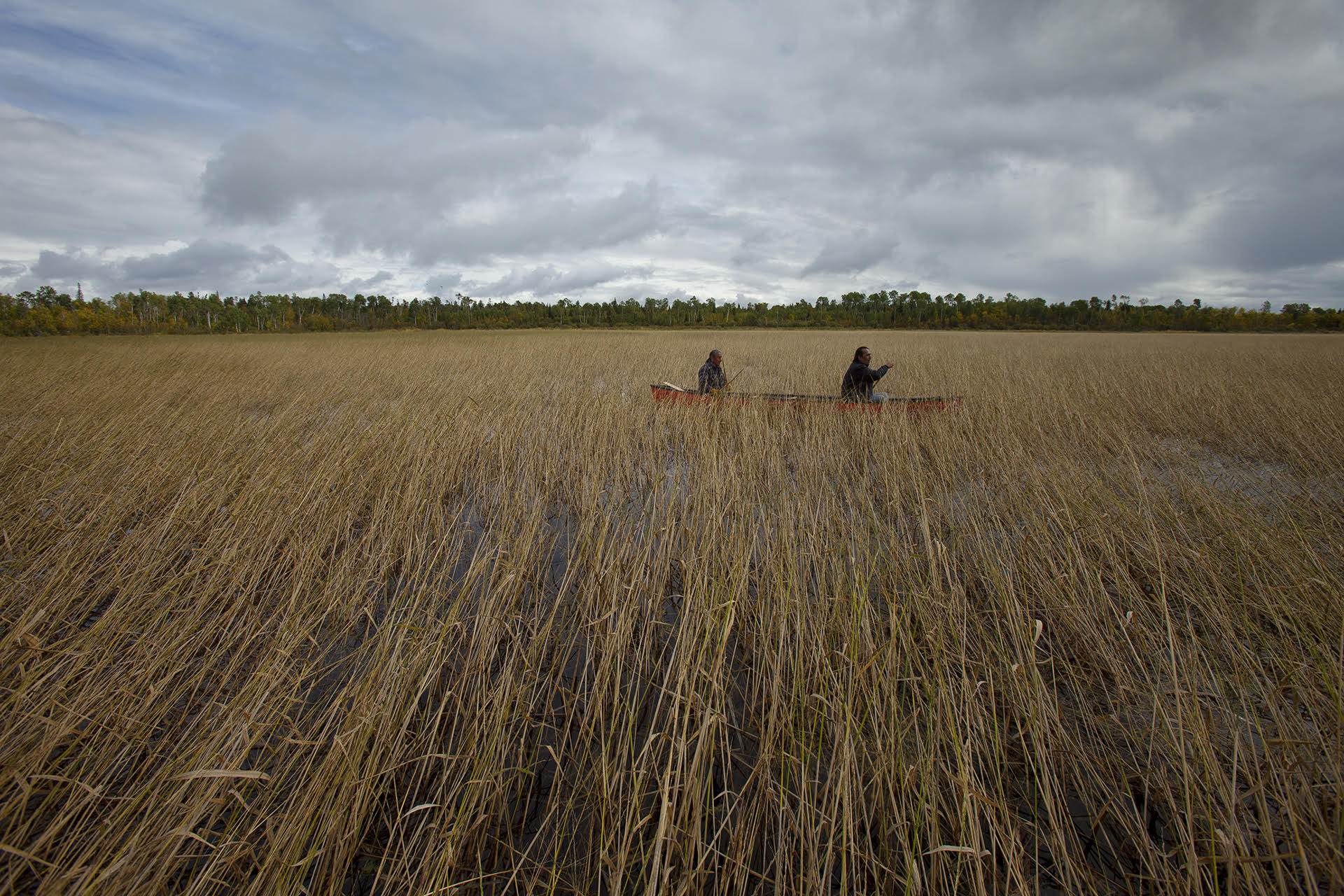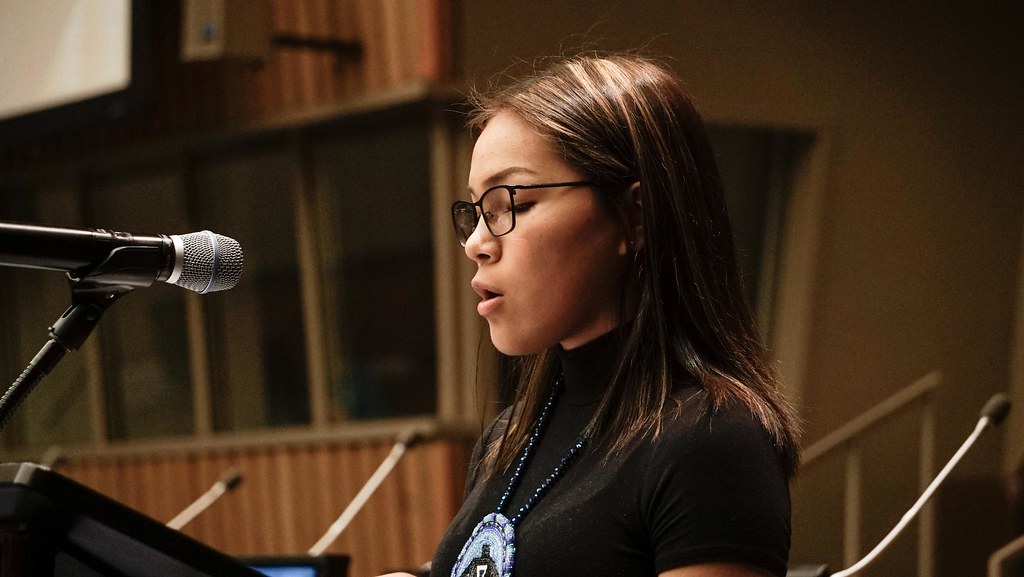The environmental movement tries to protect the natural world and promote sustainable living. The environmental movement is usually divided into periods of time based on themes. These periods are called waves. In Canada, the first wave focused on awareness, the second on pollution and conservation, the third on the professionalization of environmental groups and the fourth on climate change.
This article is a plain-language summary of the environmental movements in Canada. If you are interested in reading about this topic in more depth, please see the full-length entry, Environmental Movement in Canada.

Early History
For centuries, Indigenous peoples lived off the land, causing little to no destruction. Many Indigenous peoples believe that humans are part of an interconnected environment. There is little evidence that Indigenous ways of life cause long-term damage. Large-scale conservation problems began when European settlers arrived in the 17th century.

First Wave: Awareness (Late 1800s to Early 1900s)
When explorers and European colonists arrived, they thought the Canadian wilderness could not be depleted. However, as forests became cleared for farmland, efforts to preserve Canada’s natural resources grew.
People in the forestry industry noticed how quickly Canadian forests were being cut. They advocated for controlled harvesting and reserved areas for future use.
In 1885, Canada formed its first national park, Banff National Park. However, the government saw the park as an opportunity to make money and promote tourist travel along the newly created Canadian Pacific Railway.
In 1909, Canada established the Commission of Conservation. The Commission made recommendations related to not overcutting forests, the use of organic agricultural fertilizers and recycling. In 1911, Canada formally established a parks branch, and by 1930, the Canadian National Parks Act was introduced.

Second Wave: Pollution and Conservation (1960s to 1970s)
During the 1960s, concern about pollution became a major public issue. Environmentalists organized specialized groups. They also focused on major energy projects. In 1971, Greenpeace was founded in Vancouver. The organization soon became a major international activist group for various environmental causes.
Many nature conservation organizations were formed. Scientific biological associations and groups that had not been very active in conservation also became more interested in environmental issues.
Nature conservation focused on preserving wilderness and protecting unique areas or ecosystems as ecological reserves. Federal and provincial governments established departments of the environment and environmental protection and assessment legislation.

Third Wave: Professional Environmental Groups (1980s to 1990s)
Environmentalists began working with corporations to find solutions to environmental problems. Non-governmental organizations (NGOs) also began to play a bigger role in the environmental movement.
Two NGOs, Ducks Unlimited and World Wildlife Fund Canada, created major conservation projects during this period. World Wildlife Fund Canada’s project helped create more than 1,000 new parks, wilderness areas and nature reserves. This more than doubled the number of protected areas across Canada.
In 1983, the environmental movement entered politics when the Green Party of Canada was founded.

Fourth Wave: Climate Change (2000s)
During this period, climate change became a concern everywhere. In the late 1980s, Canada was a leader in climate change action. In 2002, Canada signed the Kyoto Protocol under the leadership of the Liberal Party.
However, Canada withdrew from the Kyoto Protocol in 2011, led by the Conservative Party. They eliminated scientific institutions or reduced their federal government funding. The public’s access to scientific research became limited.
In 2015, Justin Trudeau was elected prime minister. He made climate change a focus of the first few months of his leadership, signing the Paris Agreement in 2016.
Youth started becoming involved in environmental activism. In 2005, youth from around the world met in Montreal to discuss climate change action. They created the first Conference of Youth. These conferences now take place each year before the annual Conference of the Parties meeting.
In 2016, 12-year-old Autumn Peltier attended the Assembly of First Nations annual meeting. Peltier is a water rights advocate and member of the Wiikwemkoong First Nation. Peltier confronted Prime Minister Trudeau at the meeting on his government’s environmental policies. She pointed out his support of pipelines and the risk they pose to local waterways.
In 2018, Swedish teenager Greta Thunberg protested against Sweden’s lack of action in fighting climate change. She also met with Prime Minister Trudeau in Montreal before a climate change rally to tell him he is not doing enough to fight climate change.


 Share on Facebook
Share on Facebook Share on X
Share on X Share by Email
Share by Email Share on Google Classroom
Share on Google Classroom




